Have you ever seen a small, dim but bright spot on the horizon late at night just after the sun sets or very early in the morning before the sun rises? That’s like Mercury, the smallest of the planets in our solar system, Mercury, the nearest neighbor of the Sun (Mercury riddles). Mercury, the smallest planet, is an extreme world of hot days and cool polar craters with a most eccentric orbit that mystified astronomers through time.
Nowadays, we are investigating this mysterious planet with more than 125 original riddles that can help you test your knowledge capabilities and make you curious all over again. These riddles are ideal to teachers, parents, and people who enjoy puzzles and finding the secrets of Mercury. The space is enthusiastic to explore Mercury? Let us make it a cosmic mystery-solving adventure!
Why Mercury Riddles? The Smallest Planet with Big Mysteries
It is little perceptive mercury is full of surprises. It bakes like an oven during the day and freezes like ice at night and its orbit contributed to the confirmation of the Einstein’s general relativity theory. These dilemmas remind one of the distinct characteristics of Mercury, including its huge iron interior, and its infrequent transversals behind the Sun. Open the water and swim!
Riddles About Mercury’s Size and Distance
Mercury’s tiny size and close proximity to the Sun make it a unique planet like planet riddles. These riddles explore its dimensions and orbit.
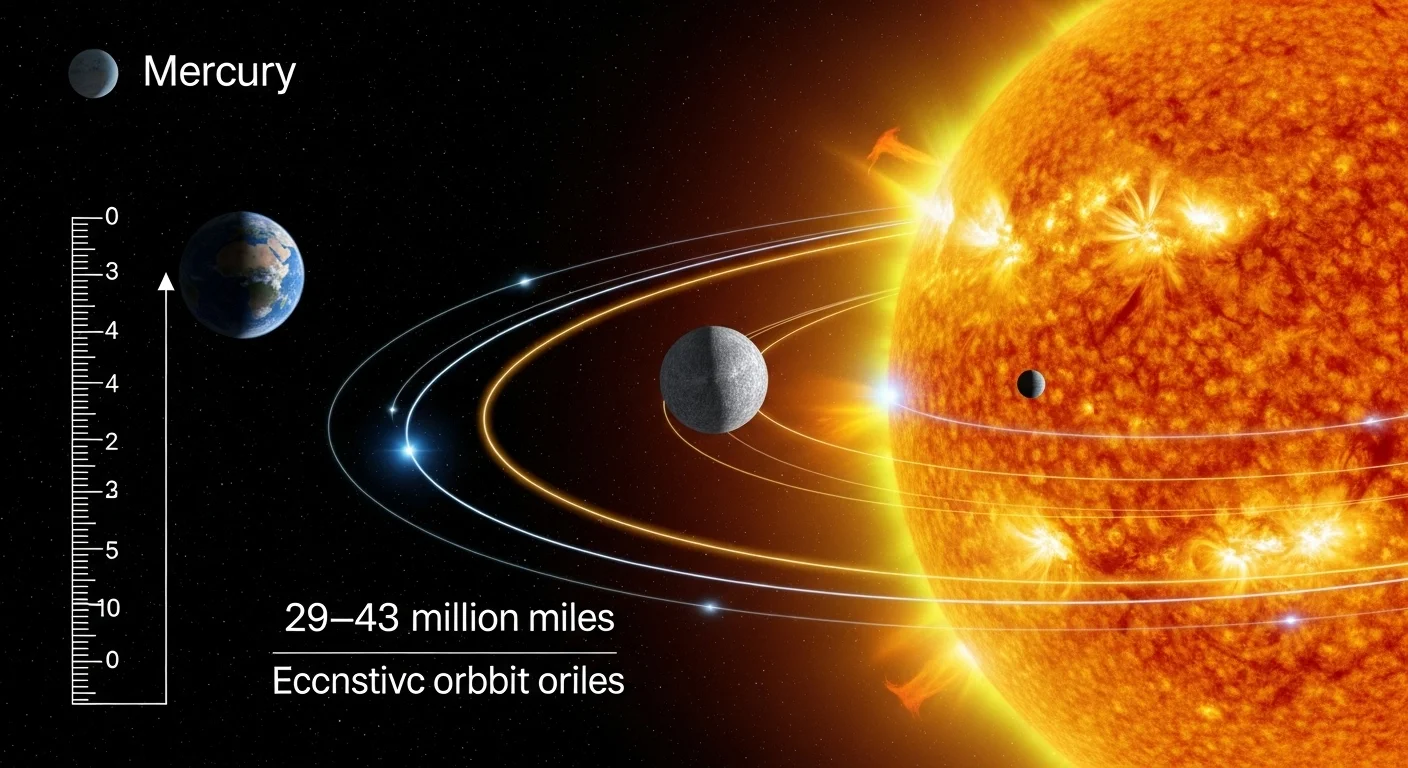
- Riddle: I’m the smallest planet, not a dwarf, and closest to the Sun. What am I?
Hint: My year lasts just 88 Earth days.
Answer: Mercury
- Riddle: If Earth were a nickel, I’d be a blueberry in size. Name this tiny world.
Hint: I’m the first planet from the Sun.
Answer: Mercury
- Riddle: I’m nearer to the Sun than Venus, yet not the hottest. Who am I?
Hint: My orbit is highly eccentric.
Answer: Mercury
- Riddle: At my closest, I’m 29 million miles from the Sun; at my farthest, 43 million. Which planet am I?
Hint: I have no moons or thick atmosphere.
Answer: Mercury
- Riddle: I’m one-third Earth’s size but still a planet. What am I?
Hint: I’m the innermost planet.
Answer: Mercury
- Riddle: Sunlight reaches me in just 3.2 minutes. Name this speedy planet.
Hint: I’m the smallest in the solar system.
Answer: Mercury
- Riddle: My average distance from the Sun is 58 million kilometers, or 0.4 AU. Who am I?
Hint: I zip around the Sun fastest.
Answer: Mercury
- Riddle: Smaller than Ganymede and Titan, I’m still a planet. What am I?
Hint: I’m closest to the Sun.
Answer: Mercury
- Riddle: My orbit swings from 47 million to 70 million kilometers from the Sun. Name this planet.
Hint: I’m the smallest.
Answer: Mercury
- Riddle: Last in size among planets, but first in speed around the Sun. Who am I?
Hint: I’m closer to the Sun than any other.
Answer: Mercury
Temperature Extremes: Hot and Cold Riddles
Mercury’s lack of atmosphere leads to wild temperature swings. These riddles highlight its scorching days and freezing nights.

- Riddle: My days are hotter than a furnace, my nights colder than ice. What planet?
Hint: I lack an atmosphere to trap heat.
Answer: Mercury
- Riddle: My surface hits 430°C in sunlight but drops to -180°C in shadow. Name this extreme world.
Hint: I’m the smallest planet.
Answer: Mercury
- Riddle: With no air to balance heat, my days scorch and nights freeze. Who am I?
Hint: I’m closest to the Sun.
Answer: Mercury
- Riddle: My temperature swings are the wildest in the solar system. What planet?
Hint: I’m the innermost planet.
Answer: Mercury
- Riddle: So close to the Sun, yet my nights can freeze water. Name this planet.
Hint: I’m small with no atmosphere.
Answer: Mercury
- Riddle: My equator reaches 700 K during the day. Who am I?
Hint: I’m the smallest planet.
Answer: Mercury
- Riddle: My heat escapes at night due to no atmosphere, causing drastic chills. What planet?
Hint: I’m closest to the Sun.
Answer: Mercury
- Riddle: My surface varies by over 600°C from day to night. Name this world.
Hint: I’m the innermost planet.
Answer: Mercury
- Riddle: Hot enough to melt lead by day, cold enough to freeze nitrogen by night. Who am I?
Hint: I’m small with no air.
Answer: Mercury
- Riddle: No greenhouse effect means my nights are frigid. What planet?
Hint: I’m closest to the Sun.
Answer: Mercury
Mercury’s Orbit and Rotation: Time-Bending Puzzles
Mercury’s fast orbit and slow rotation create a strange calendar. These riddles dive into its unique timekeeping.
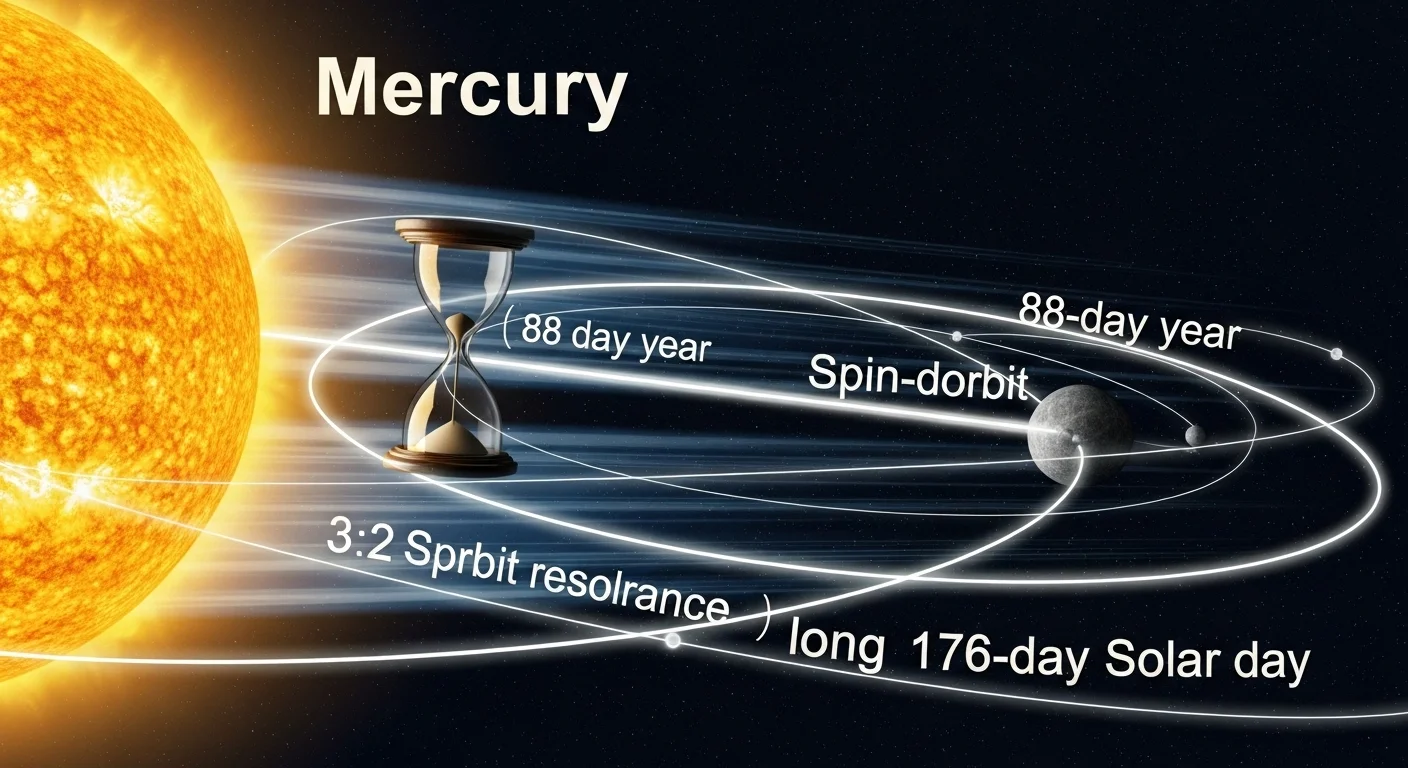
- Riddle: I orbit the Sun in 88 days but rotate in 59. What am I?
Hint: I’m the fastest planet in orbit.
Answer: Mercury
- Riddle: My day outlasts my year. Which planet am I?
Hint: I’m closest to the Sun.
Answer: Mercury
- Riddle: I spin three times for every two orbits around the Sun. Name this planet.
Hint: I’m the smallest planet.
Answer: Mercury
- Riddle: A solar day on me lasts 176 Earth days. Who am I?
Hint: I’m the innermost planet.
Answer: Mercury
- Riddle: I race around the Sun at 48 kilometers per second. What planet?
Hint: I’m small and close to the Sun.
Answer: Mercury
- Riddle: My slow rotation and fast orbit make my days and years misaligned. Name me.
Hint: I’m closest to the Sun.
Answer: Mercury
- Riddle: I’m locked in a 3:2 spin-orbit resonance, a puzzle solved by Giuseppe Colombo. Who am I?
Hint: I’m the smallest planet.
Answer: Mercury
- Riddle: My year, at 88 Earth days, is the shortest of all planets. Who am I?
Hint: I’m the innermost planet.
Answer: Mercury
- Riddle: Sunrise to sunrise on me takes twice my orbital period. Name this planet.
Hint: I’m small and fast.
Answer: Mercury
- Riddle: My orbit’s eccentricity pulls me closer to the Sun at times, speeding me up. What planet?
Hint: I’m the smallest.
Answer: Mercury
The Core of the Matter: Iron-Rich Riddles
Mercury’s massive iron core sets it apart. These riddles explore its dense, metallic heart.
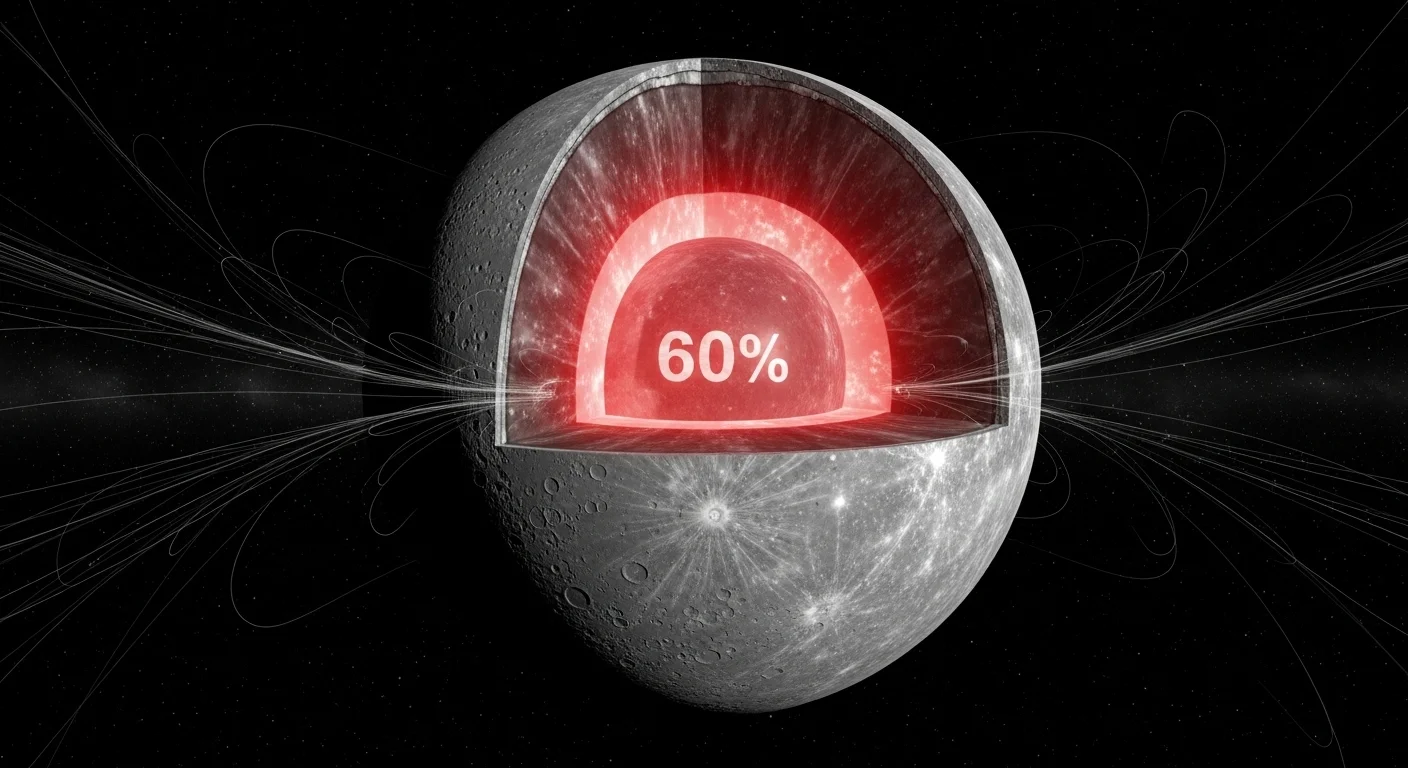
- Riddle: My iron core, over half my volume, makes me dense. What planet?
Hint: I’m small and close to the Sun.
Answer: Mercury
- Riddle: Second only to Earth in density, my large iron core is the key. Name me.
Hint: I’m the smallest planet.
Answer: Mercury
- Riddle: My partially molten core creates a weak magnetic field despite slow rotation. Who am I?
Hint: I’m closest to the Sun.
Answer: Mercury
- Riddle: My core, 57% of my volume, is mostly iron. Name this planet.
Hint: I’m the innermost planet.
Answer: Mercury
- Riddle: My core is proportionally larger than any other planet’s. What am I?
Hint: I’m closest to the Sun.
Answer: Mercury
- Riddle: My core’s density explains my surprising weight for my size. Name this planet.
Hint: I’m the smallest in the solar system.
Answer: Mercury
- Riddle: Like Earth’s, my core is iron-rich but oversized for my body. Who am I?
Hint: I’m the innermost planet.
Answer: Mercury
- Riddle: My core has lighter elements mixed with iron, shaping my structure. What planet?
Hint: I’m small with no atmosphere.
Answer: Mercury
- Riddle: My core powers a faint magnetic field, despite my sluggish spin. Name me.
Hint: I’m closest to the Sun.
Answer: Mercury
- Riddle: My core is solid inside but liquid outside, a scientific puzzle. Which planet?
Hint: I’m the smallest planet.
Answer: Mercury
No Atmosphere, No Problem: Vacuum Riddles
Mercury’s thin exosphere leaves it exposed. These riddles highlight its near-vacuum environment.

- Riddle: I have only a whisper of an atmosphere, barely air at all. Which planet?
Hint: I’m closest to the Sun.
Answer: Mercury
- Riddle: My sky stays black even in daylight, with no atmosphere to scatter light. What am I?
Hint: I’m the smallest planet.
Answer: Mercury
- Riddle: Meteoroids strike my surface directly, leaving craters, due to no air shield. Name this planet.
Hint: I’m the innermost planet.
Answer: Mercury
- Riddle: No atmosphere means no weather, wind, or clouds on me. Who am I?
Hint: I’m small and close to the Sun.
Answer: Mercury
- Riddle: My exosphere is so thin it’s nearly a vacuum. What planet?
Hint: I’m the smallest.
Answer: Mercury
- Riddle: Solar wind hits my surface unblocked, thanks to my thin exosphere. Name me.
Hint: I’m closest to the Sun.
Answer: Mercury
- Riddle: My surface pressure is near zero, ruling out life as we know it. Which planet?
Hint: I’m the innermost planet.
Answer: Mercury
- Riddle: My atmosphere is too sparse to call an atmosphere. What am I?
Hint: I’m small with extreme temperatures.
Answer: Mercury
- Riddle: No atmosphere lets heat escape fast at night, chilling my surface. Name this planet.
Hint: I’m closest to the Sun.
Answer: Mercury
- Riddle: No air means no sound travels on my surface. Who am I?
Hint: I’m the smallest planet.
Answer: Mercury
Mercury in Mythology: Godly Riddles
Named for a swift Roman god, Mercury has mythic roots. These riddles explore its divine namesake.
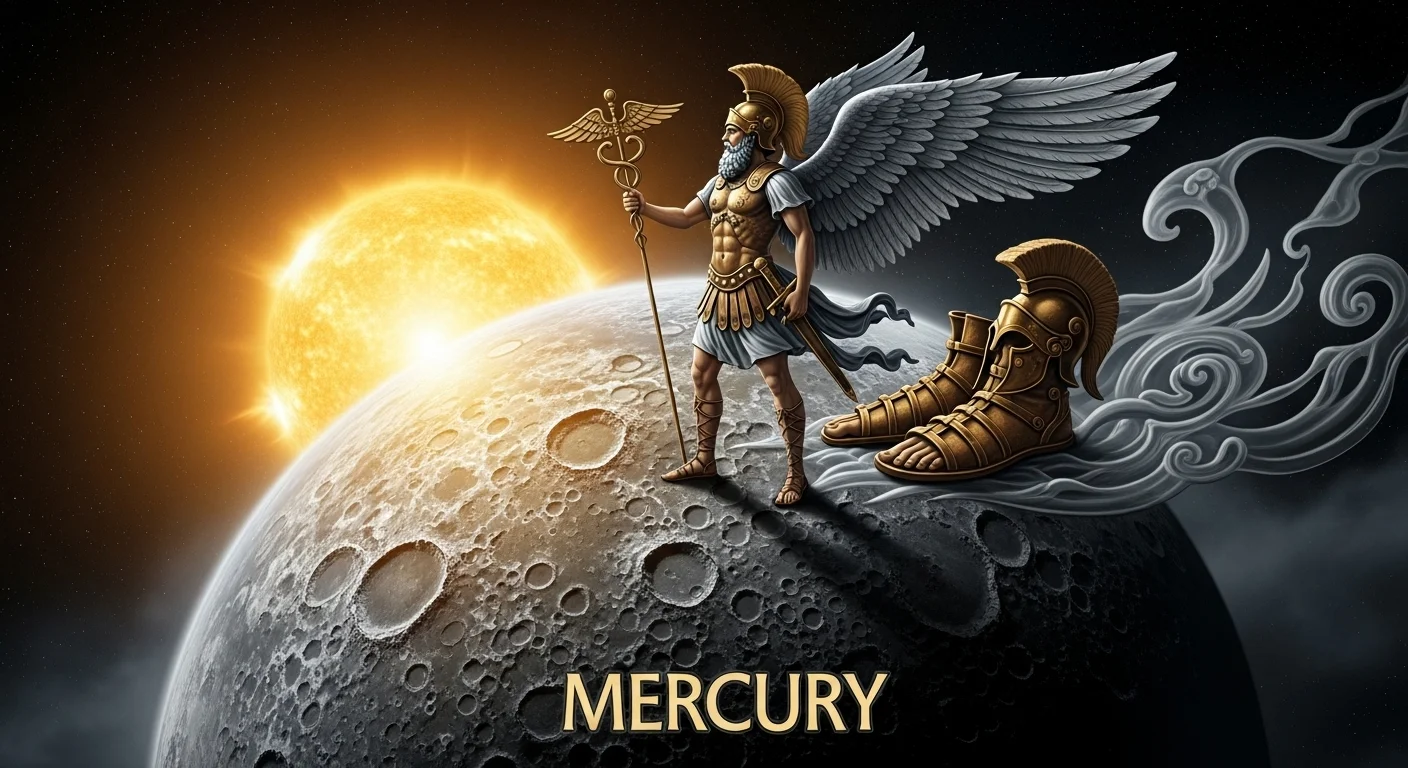
- Riddle: Named for the swift messenger of Roman gods, I race around the Sun. Which planet?
Hint: I’m the fastest in orbit.
Answer: Mercury
- Riddle: I share my name with the Roman god of commerce and thieves. What planet?
Hint: I’m closest to the Sun.
Answer: Mercury
- Riddle: The Greeks called me Hermes, patron of travelers and merchants. Name this planet.
Hint: I’m the smallest planet.
Answer: Mercury
- Riddle: My name comes from a god with winged sandals, known for speed. Who am I?
Hint: I’m the innermost planet.
Answer: Mercury
- Riddle: In Rome, I was linked to trade and cunning negotiation. What planet?
Hint: I’m small and fast.
Answer: Mercury
- Riddle: My namesake carries a caduceus, symbolizing commerce. Name me.
Hint: I’m closest to the Sun.
Answer: Mercury
- Riddle: My mythological namesake guards boundaries and travelers. Which planet?
Hint: I’m the smallest planet.
Answer: Mercury
- Riddle: I’m named after the son of Jupiter and Maia in Roman lore. Who am I?
Hint: I’m the innermost planet.
Answer: Mercury
- Riddle: My name ties to a god of thieves and tricksters. Name this planet.
Hint: I’m small with no atmosphere.
Answer: Mercury
- Riddle: Romans named me for their god of speed and communication. What planet?
Hint: I’m closest to the Sun.
Answer: Mercury
Mercury’s Surface: Craters, Scarps, and Hollows
Mercury’s surface is a scarred, wrinkled canvas. These riddles uncover its craters, scarps, and unique hollows.

- Riddle: My surface, scarred with craters, tells of ancient impacts. What planet?
Hint: I have no air to erode them.
Answer: Mercury
- Riddle: The Caloris Basin, a massive crater, scars my face. Name this planet.
Hint: I’m the innermost planet.
Answer: Mercury
- Riddle: Narrow ridges, called lobate scarps, formed as I cooled and shrank. Who am I?
Hint: I’m closest to the Sun.
Answer: Mercury
- Riddle: My craters stay pristine with no wind or water to wear them down. What planet?
Hint: I’m the smallest planet.
Answer: Mercury
- Riddle: Caloris Basin, over 1,500 kilometers wide, is my largest impact feature. Name me.
Hint: I’m small with no atmosphere.
Answer: Mercury
- Riddle: My surface looks battered by asteroids for billions of years. Which planet?
Hint: I’m closest to the Sun.
Answer: Mercury
- Riddle: Discovery Rupes, a giant scarp, stretches over 500 kilometers on me. What planet?
Hint: I’m the innermost planet.
Answer: Mercury
- Riddle: My ancient surface holds craters from the solar system’s youth. Name this planet.
Hint: I’m small with no air.
Answer: Mercury
- Riddle: Bright hollows, unique depressions, dot my surface, found by MESSENGER. Who am I?
Hint: I’m closest to the Sun.
Answer: Mercury
- Riddle: Pantheon Fossae, a radial trough system, lies near Caloris Basin. Name this planet.
Hint: I’m the smallest planet.
Answer: Mercury
- Riddle: Kuiper Crater, bright and young, stands out on my dark surface. Who am I?
Hint: I’m closest to the Sun.
Answer: Mercury
Exploration and Discoveries
Spacecraft have revealed Mercury’s secrets. These riddles highlight missions and their discoveries.
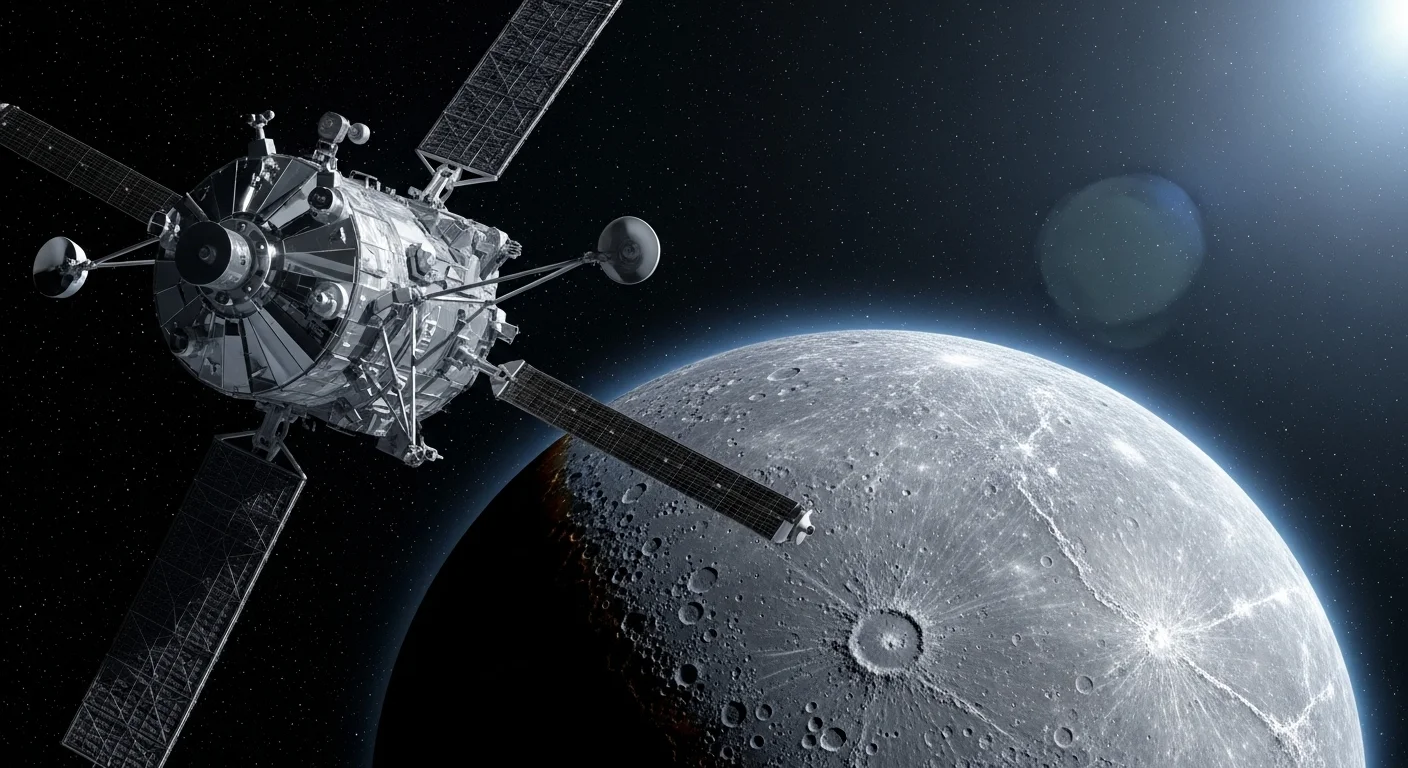
- Riddle: Mariner 10 snapped my first close-ups in 1974. What planet?
Hint: I’m the smallest planet.
Answer: Mercury
- Riddle: MESSENGER found ice in my polar craters in 2011. Name this planet.
Hint: I’m closest to the Sun.
Answer: Mercury
- Riddle: BepiColombo, a mission by ESA and JAXA, probes my origins. Which planet?
Hint: I’m the innermost planet.
Answer: Mercury
- Riddle: I was first visited by a spacecraft in 1974. Name me.
Hint: I’m small with no atmosphere.
Answer: Mercury
- Riddle: MESSENGER’s Mercury Laser Altimeter mapped my rugged terrain. What planet?
Hint: I’m closest to the Sun.
Answer: Mercury
- Riddle: Mariner 10 flew by me three times, revealing half my surface. Who am I?
Hint: I’m the smallest planet.
Answer: Mercury
- Riddle: MESSENGER’s X-ray Spectrometer studied my surface composition. Name this planet.
Hint: I’m closest to the Sun.
Answer: Mercury
- Riddle: BepiColombo uses Earth and Venus flybys to reach me in 2025. Which planet?
Hint: I’m the innermost planet.
Answer: Mercury
- Riddle: Eugene Shoemaker’s work helped us understand my cratered surface. What planet?
Hint: I’m small with no atmosphere.
Answer: Mercury
- Riddle: My exosphere and magnetosphere await BepiColombo’s detailed study. Name me.
Hint: I’m closest to the Sun.
Answer: Mercury
Mercury’s Magnetic Field: Magnetic Mysteries
Mercury’s weak magnetic field is a scientific puzzle. These riddles explore its magnetic quirks.

- Riddle: Smallest planet with a global magnetic field, though faint. Who am I?
Hint: I’m closest to the Sun.
Answer: Mercury
- Riddle: My molten outer core generates a weak magnetic field despite slow spin. What planet?
Hint: I’m the innermost planet.
Answer: Mercury
- Riddle: My magnetosphere forms a tail from solar wind interaction. Name this planet.
Hint: I’m small with no atmosphere.
Answer: Mercury
- Riddle: My magnetic field, though weak, surprises for my size and slow rotation. Who am I?
Hint: I’m closest to the Sun.
Answer: Mercury
- Riddle: My magnetic field is dipolar, like Earth’s, but only 1% as strong. What planet?
Hint: I’m the smallest planet.
Answer: Mercury
- Riddle: Scientists puzzle over my magnetic field’s origin due to my slow spin. Name me.
Hint: I’m closest to the Sun.
Answer: Mercury
- Riddle: My magnetic field shields some solar wind from my surface. Which planet?
Hint: I’m the innermost planet.
Answer: Mercury
- Riddle: My magnetic field is only 1% of Earth’s strength. What planet?
Hint: I’m small with no atmosphere.
Answer: Mercury
- Riddle: Mariner 10 first detected my magnetic field in 1974. Who am I?
Hint: I’m closest to the Sun.
Answer: Mercury
- Riddle: My field interacts with solar wind, shaping my magnetosphere. Name me.
Hint: I’m the smallest planet.
Answer: Mercury
Mercury’s Ice at the Poles
Despite its solar proximity, Mercury harbors ice. These riddles reveal its hidden frozen reserves.

- Riddle: Despite my solar proximity, ice hides in my dark craters. Which planet?
Hint: I’m the smallest planet.
Answer: Mercury
- Riddle: My polar craters, never touched by sunlight, harbor ice. Name this planet.
Hint: I’m closest to the Sun.
Answer: Mercury
- Riddle: MESSENGER confirmed water ice in my polar regions. Who am I?
Hint: I’m the innermost planet.
Answer: Mercury
- Riddle: My ice, billions of years old, sits in eternal shadow. What planet?
Hint: I’m small with no atmosphere.
Answer: Mercury
- Riddle: My ice, mixed with dark material, eluded early detection. Name me.
Hint: I’m closest to the Sun.
Answer: Mercury
- Riddle: My polar ice forms a cube about 1 kilometer per side. Which planet?
Hint: I’m the smallest planet.
Answer: Mercury
- Riddle: Comet impacts or volcanic outgassing may have brought my ice. Who am I?
Hint: I’m closest to the Sun.
Answer: Mercury
- Riddle: My poles, as cold as -200°C, preserve water ice. Name this planet.
Hint: I’m the innermost planet.
Answer: Mercury
- Riddle: Future missions will probe my polar ice for inner solar system clues. Who am I?
Hint: I’m closest to the Sun.
Answer: Mercury
Mercury’s Scarps and Cliffs
Mercury’s shrinking surface forms dramatic scarps. These riddles explore its wrinkled terrain.
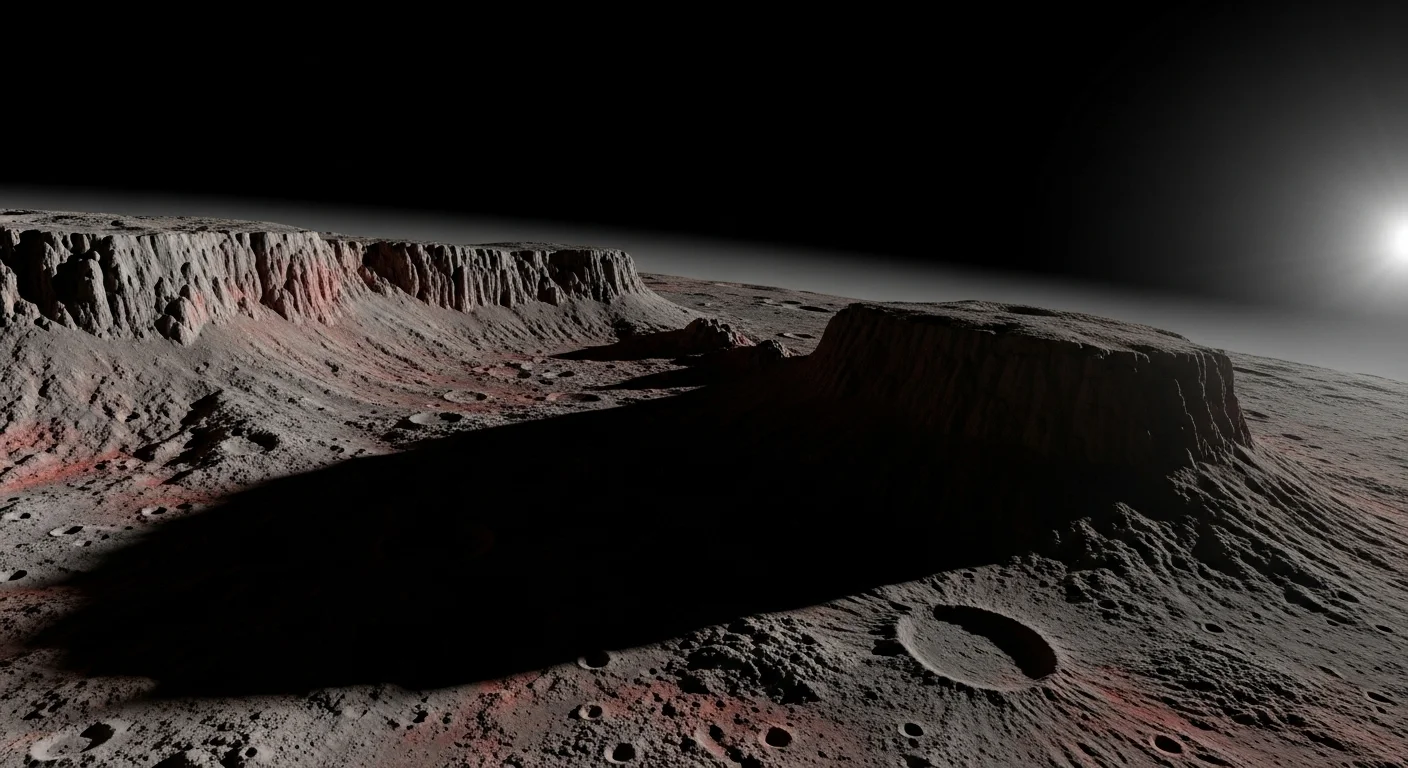
- Riddle: My shrinking surface forms long cliffs called scarps. What planet?
Hint: I’m the innermost planet.
Answer: Mercury
- Riddle: As my core cooled, my surface wrinkled into lobate scarps. Name this planet.
Hint: I’m small and close to the Sun.
Answer: Mercury
- Riddle: Some scarps on me stretch hundreds of kilometers and kilometers high. Who am I?
Hint: I’m the smallest planet.
Answer: Mercury
- Riddle: My scarps show my core cooled rapidly early on. What planet?
Hint: I’m closest to the Sun.
Answer: Mercury
- Riddle: Discovery Rupes, over 500 kilometers long, is my largest scarp. Name me.
Hint: I’m the innermost planet.
Answer: Mercury
- Riddle: My scarps are thrust faults, crust pushed over crust. Who am I?
Hint: I’m small with no atmosphere.
Answer: Mercury
- Riddle: Scientists study my scarps to learn how planets contract. What planet?
Hint: I’m closest to the Sun.
Answer: Mercury
- Riddle: My scarps formed billions of years after my birth. Name this planet.
Hint: I’m the smallest planet.
Answer: Mercury
- Riddle: Some scarps cut through craters, showing later formation. Who am I?
Hint: I’m closest to the Sun.
Answer: Mercury
- Riddle: Global contraction from my cooling core created my scarps. What planet?
Hint: I’m small with no air.
Answer: Mercury
Mercury’s Lack of Seasons
Mercury’s upright axis means no seasons. These riddles highlight its consistent climate.
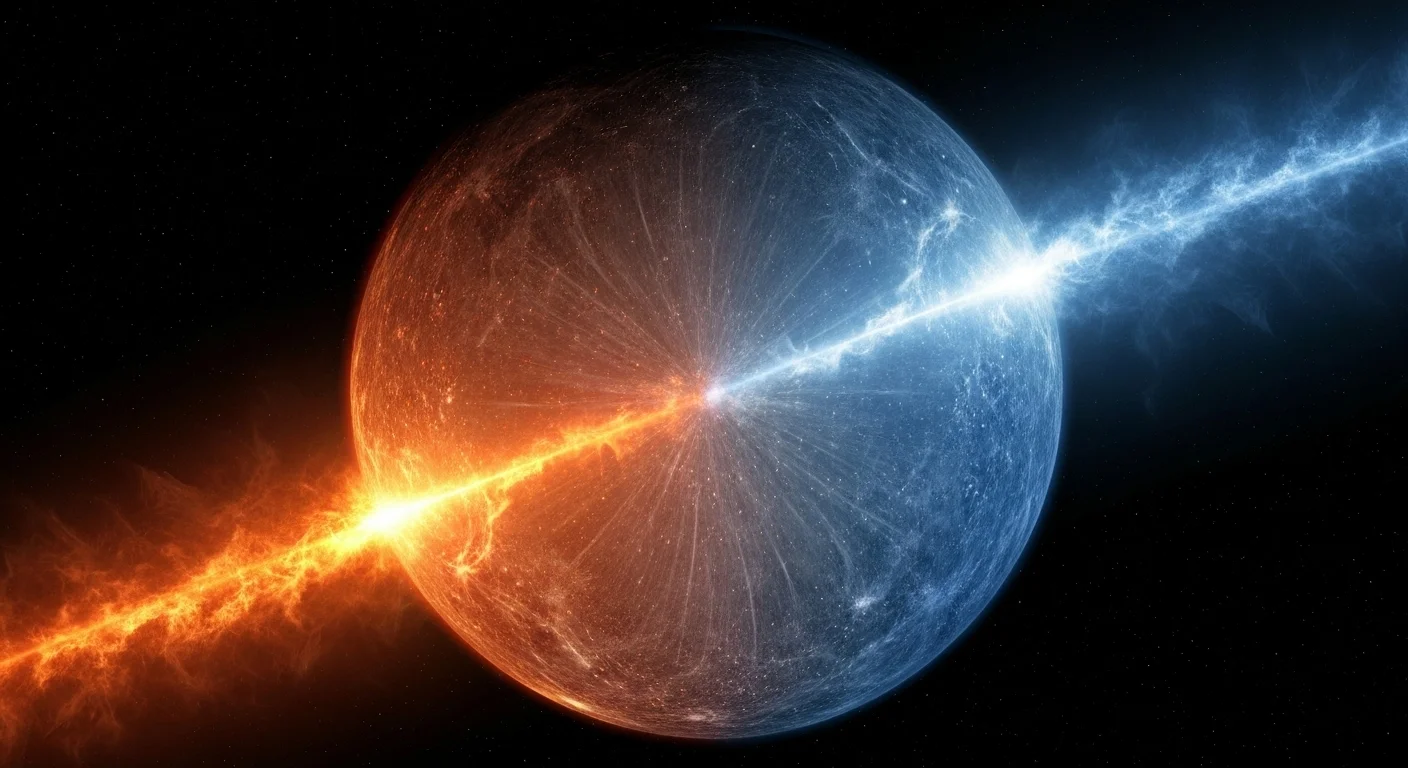
- Riddle: With no axial tilt, I have no seasons, just extreme day-night shifts. What planet?
Hint: I’m closest to the Sun.
Answer: Mercury
- Riddle: My equator is always perpendicular to my orbit, no seasons result. Name this planet.
Hint: I’m the smallest planet.
Answer: Mercury
- Riddle: Unlike Earth, my climate skips seasons due to no tilt. Who am I?
Hint: I’m closest to the Sun.
Answer: Mercury
- Riddle: My temperature swings come from day-night cycles, not seasons. What planet?
Hint: I’m the innermost planet.
Answer: Mercury
- Riddle: No tilt means every part of me gets equal sunlight over time. Name me.
Hint: I’m small with no atmosphere.
Answer: Mercury
- Riddle: My lack of seasons keeps my polar craters icy cold. Who am I?
Hint: I’m closest to the Sun.
Answer: Mercury
- Riddle: My upright spin axis means no seasons despite my solar proximity. What planet?
Hint: I’m the smallest planet.
Answer: Mercury
- Riddle: No tilt keeps my poles from seasonal warming or cooling. Name this planet.
Hint: I’m the innermost planet.
Answer: Mercury
- Riddle: My lack of tilt means extreme days, no seasonal shifts. Who am I?
Hint: I’m small with no atmosphere.
Answer: Mercury
- Riddle: Without seasons, my surface faces the same harsh sunlight yearly. What planet?
Hint: I’m closest to the Sun.
Answer: Mercury
Mercury’s Transit Across the Sun
Mercury’s rare transits are astronomical events. These riddles explore its solar crossings.

- Riddle: I cross the Sun’s face every few years, a tiny dot in transit. What planet?
Hint: I’m the smallest planet.
Answer: Mercury
- Riddle: My transits, rare events, help astronomers study my orbit. Name me.
Hint: I’m closest to the Sun.
Answer: Mercury
- Riddle: In 2019, I crossed the Sun’s disk, visible for hours. Which planet?
Hint: I’m the innermost planet.
Answer: Mercury
- Riddle: My transits, about 13 per century, thrill skywatchers. What planet?
Hint: I’m small with no atmosphere.
Answer: Mercury
- Riddle: I appear as a black dot against the Sun during transit. Who am I?
Hint: I’m closest to the Sun.
Answer: Mercury
- Riddle: My transits refine measurements of my orbit and Earth’s distance. Name this planet.
Hint: I’m the smallest planet.
Answer: Mercury
- Riddle: My next transit after 2019 is 2032, a rare spectacle. What planet?
Hint: I’m the innermost planet.
Answer: Mercury
- Riddle: My transits helped confirm Einstein’s general relativity. Who am I?
Hint: I’m closest to the Sun.
Answer: Mercury
- Riddle: One of two planets transiting the Sun from Earth’s view. Name me.
Hint: I’m small with no moons.
Answer: Mercury
- Riddle: My transits once measured the solar system’s scale. What planet?
Hint: I’m the smallest planet.
Answer: Mercury
Mercury’s Albedo
Mercury’s dark surface reflects little light. These riddles explore its low reflectivity.
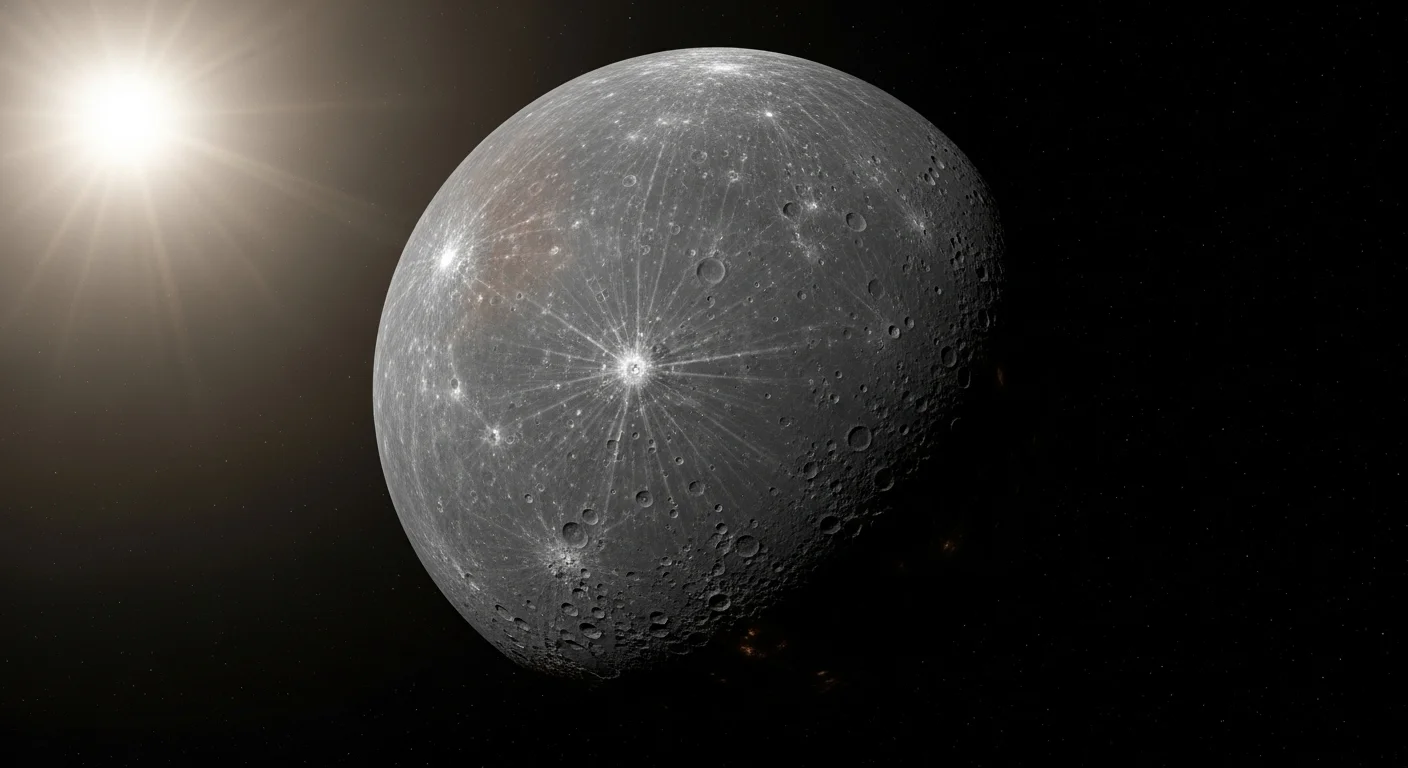
- Riddle: My dark surface reflects just 14% of sunlight. What planet?
Hint: I’m closest to the Sun.
Answer: Mercury
- Riddle: My low albedo makes me one of the least reflective planets. Name me.
Hint: I’m the smallest planet.
Answer: Mercury
- Riddle: Despite solar closeness, my surface stays dark with low reflectivity. Who am I?
Hint: I’m small with no atmosphere.
Answer: Mercury
Mercury’s Orbital Precession: A Relativistic Riddle
Mercury’s orbit shifts in ways that proved Einstein’s theories. These riddles delve into its relativistic dance.

- Riddle: My orbit’s slow precession helped prove Einstein’s theory of general relativity. What planet?
Hint: I’m closest to the Sun.
Answer: Mercury
- Riddle: My orbit shifts slightly each cycle, a clue to spacetime curvature. Name this planet.
Hint: I’m the smallest planet.
Answer: Mercury
Conclusion
This cosmic journey through Mercury’s riddles unveils a planet of extremes and surprises. From its massive iron core to its icy polar craters and orbit that shaped modern physics, Mercury is no mere dot in the sky. Share your favorite riddle, create your own using our riddle-solving guide, or explore more space-themed riddles to keep the cosmic adventure going!
Frequently Asked Questions (FAQs)
What is the temperature on Mercury?
Mercury’s temperatures range from 430°C (800°F) during the day to -180°C (-290°F) at night due to its lack of atmosphere (NASA Mercury Facts).
How long is a day on Mercury?
A solar day on Mercury lasts 176 Earth days, while a sidereal day is 59 Earth days (USGS Astrogeology).
Does Mercury have any moons?
No, Mercury has no moons or rings (Space.com Facts).
Why is Mercury so dense?
Its large iron core, about 60% of its volume, makes Mercury the second densest planet (Wikipedia Mercury).
Can you see Mercury from Earth?
Yes, but it’s tricky, appearing near the horizon at dawn or dusk (National Geographic).
What missions have visited Mercury?
Mariner 10 (1974–1975) and MESSENGER (2011–2015) explored Mercury; BepiColombo is en route for 2025 (NASA Missions).
What is the riddle you’ll find me in Mercury?
This riddle often refers to the letter “R,” as in: “You’ll find me in Mercury, Earth, Mars, and Jupiter, but not in Venus or Neptune. What am I?” The answer is the letter “R,” which appears in the names of those planets but not in Venus or Neptune. It’s a clever wordplay riddle that uses Mercury as a clue (classic riddles).
What can you find in Mercury, Earth, Mars, and Jupiter but not in Venus or Neptune?
The answer is the letter “R.” This riddle focuses on the spelling of planet names rather than their physical properties, making it a fun challenge for pattern recognition (Prodigy Game).